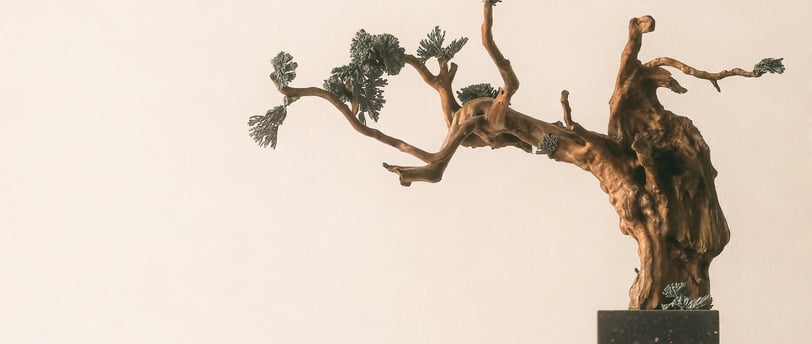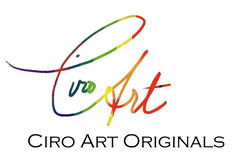Creativity: Part 3 Conclusion
2 min read


Creativity: Part 3 Conclusion
I’ve come to think of creativity in a much different way. I mentioned previously that originality is an illusion; because ideas don’t exist in a vacuum. What we create is not innate. Our ideas, consciously or unconsciously, arise from exposure to existing ideas and concepts. I also wrote about how marketing distorts our perception of what and who is creative and how persistent self promotion can establish “squatting” ownership rights of intellectual property.
Much of what is called original or creative has to do with the viewer’s experience. For example, you may enjoy a song or a movie and think that the artist is so creative. Later you may learn that those works were actually remakes of something that has been done many times before. An artistic work may be novel to you but it doesn’t mean it is novel. A musician may easily recognize a verse of Gregorian chant in a pop song that a non-musician may miss. What is called original may be more a function of viewer context than the work itself. But it shouldn’t take away the viewer’s enjoyment of the work and in the end that is its purpose. I really enjoy George Harrison’s “My Sweet Lord” even though it’s a version of “He’s So Fine”. To some degree all ideas are taken and the concept of intellectual property rights may be more about boundaries, compensation, and attribution in a social construct rather than intrinsic creative or enjoyment value.
As an explorer venturing into the art world, I appreciate the creativity in all of us.. To be human is to be creative. The person who finds a new way to get home to avoid traffic is creative. The baker adding a new ingredient to a recipe, the scientist making new compound, the carpenter sawing a new type of dovetail joint, etc.… They are all creative.
I’d like to think the source of our ideas is an amorphous cloud, from which we breathe in (inspire), ideas through our senses and through our awareness of the world around us. An open mind and heart facilitates our reception of these ideas. What we produce or create returns back to the source cloud so it can inspire others. We all have the potential to be creative in our own way. And when that happens, we learn the real work of art is not the piece we create. The real work of art is the person we’ve become and the fulfillment achieved by inspiring others.
